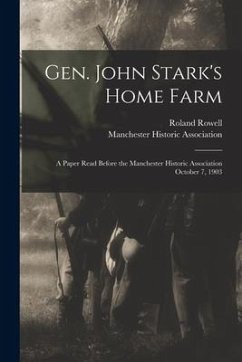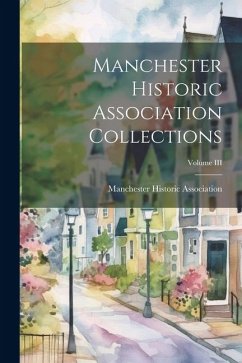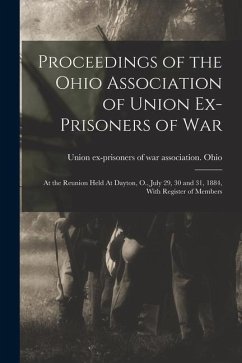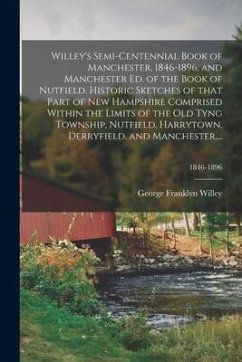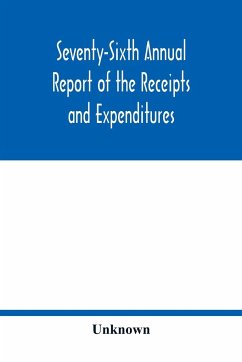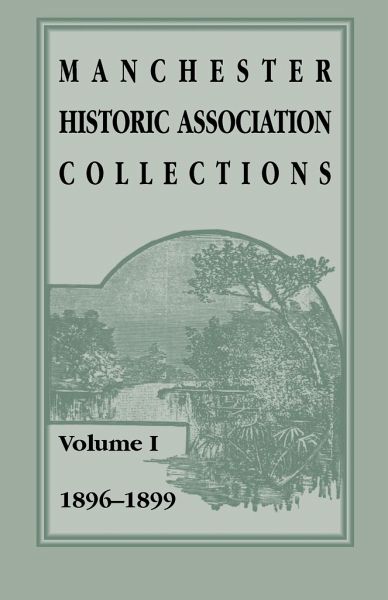
Manchester Historic Association Collections
Volume 1, 1896-1899
Versandkostenfrei!
Versandfertig in 1-2 Wochen
25,99 €
inkl. MwSt.

PAYBACK Punkte
13 °P sammeln!
The early history of Manchester, New Hampshire, is complicated by the fact that it lies on the Merrimack River in a region early claimed by both Massachusetts and New Hampshire, which made it the subject of numerous conflicting grants. It was known at various times as Harrytown, Tyng's-town, Amoskeag, and Derryfield before receiving its present name. The Manchester Historic Association was formed in December 1895 to collect and preserve documents and artifacts pertaining to the history of the Manchester area, and to publish historical studies. Early in its history it published a series of volu...
The early history of Manchester, New Hampshire, is complicated by the fact that it lies on the Merrimack River in a region early claimed by both Massachusetts and New Hampshire, which made it the subject of numerous conflicting grants. It was known at various times as Harrytown, Tyng's-town, Amoskeag, and Derryfield before receiving its present name. The Manchester Historic Association was formed in December 1895 to collect and preserve documents and artifacts pertaining to the history of the Manchester area, and to publish historical studies. Early in its history it published a series of volumes of "collections" which contain a great deal of valuable, but relatively unknown, historical and genealogical material. Those collections were a mixture of short articles, papers read before the meetings of the society, and extensive transcripts of original documents. They were only published in small numbers, primarily as a quarterly membership periodical, and hence are difficult to find today. New name indexes have been added where needed, which will make the reprints more useful for researchers than the original volumes.



